A change
I love my Sony RX 100 M3. But it is a tired old friend. It has been on the floor a few times – the control ring is more oval than round, the LCD flip out only hinges in the left side and for the EVF to work I have to make a little rain dance and send a prayer to Sony! So I need a change – a new camera!
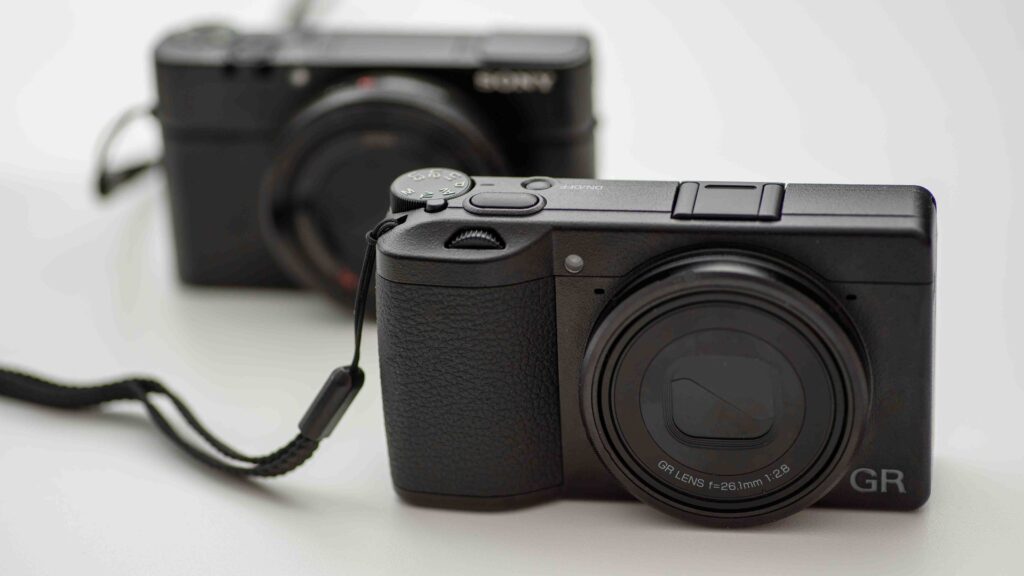
So although I am not a street photographer, the Ricoh camera GRIII and all the hype and attention it gets has certainly not passed unnoticed. And then my local camera pusher had a black Friday deal with a good price (1000 EUR) and a SmallRig video light added to the package, and I decided to go for the Ricoh pocket camera.
The GX3x is the newest camera from Ricoh and it stands on the shoulders of the GX3, where the older version is a wider lens of 28mm full frame equivalent, where the one I decided to go for had the additional ‘x’ which signifies a 40mm full frame equivalent lens, i.e. a more narrow field of view for the x version. In any case, it will be a change from my Sony RX100M3 that provided a zoom lens.
Speed
The first thing I noticed when starting to use the camera is the start up time. Relative to my Sony RX100M3 the startup time is super fast! This camera is really fast and does all it can to help you not miss that scene or situation that suddenly is worthy of a shot!
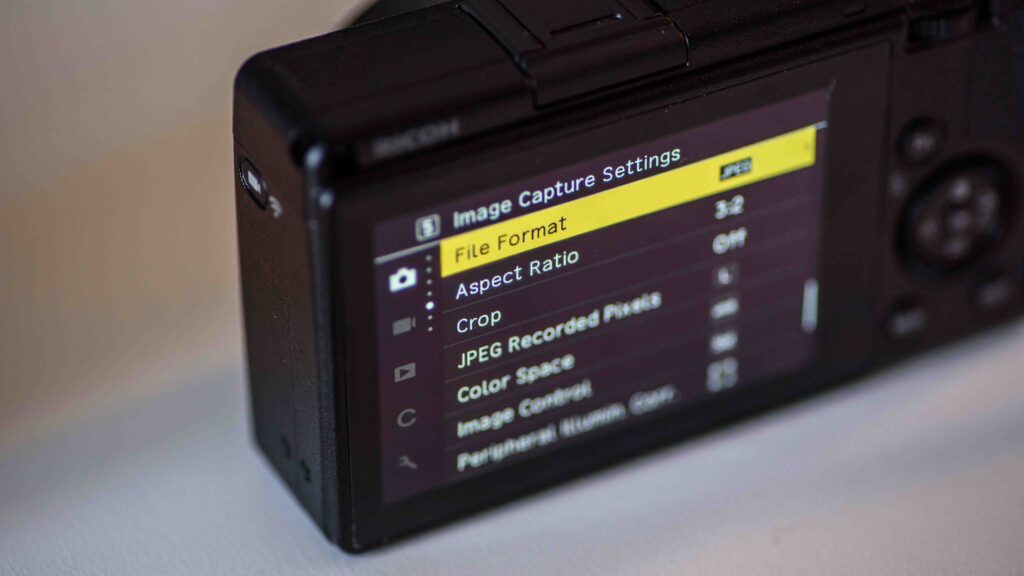
Speed is also what comes to mind when using the menu system and in general working with the camera – it is super responsive! Pitching and zooming happens super fast on the touch sensitive rear LCD and it is simply a pleasure to work with.
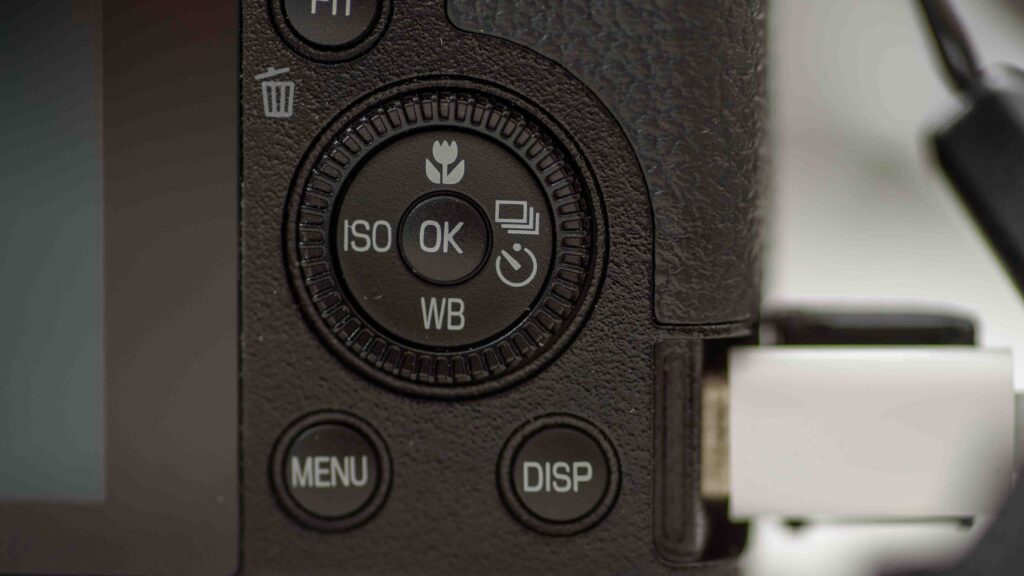
And in addition the menus are well structured. As a Nikonian I find the structure is similar to Nikon and I feel at home right away. You can use both the excellen touch screen or the good command dial to control the menu system.
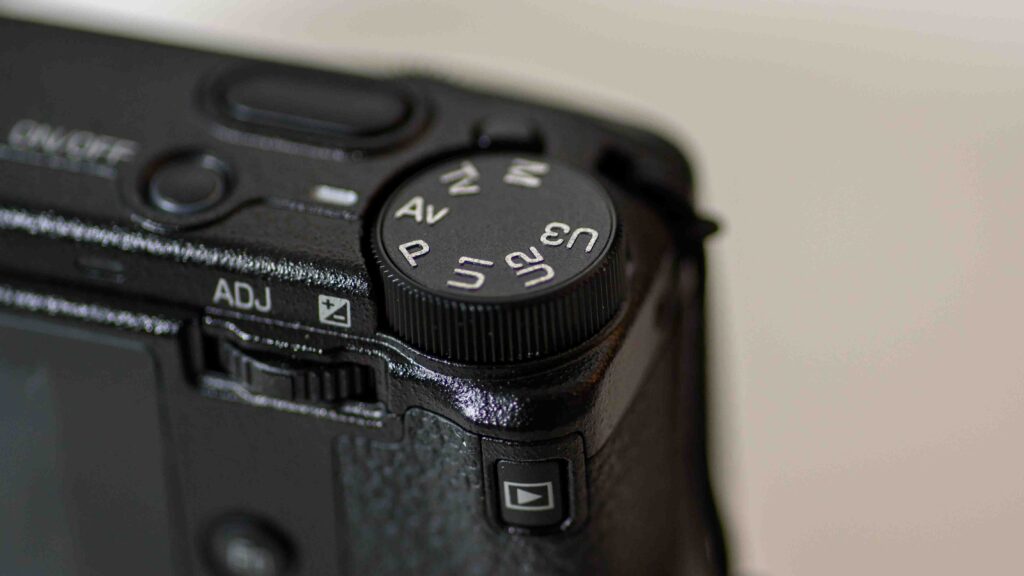
The buttons and dials are a blit light or “plasticky” when I compare to the Sony RX100M3, but they get the job done and as such I can forgive the lack of an up-market feel to the controls, despite the price tag around 1000 EUR. The play button to review the images sit right where it should, but I had to get used to pressing it again to move out of review mode (on a Nikon you just half press the shutter, and it understand you want to move on).
Viewfinder
There is no viewfinder! You see the scene you are about to shoot using the rear LCD! That is intimidating at first, especially when you come from a camera with viewfinder – EVF or OVF.
I felt like an old man that forgot his reading glasses! You walk around with the camera in arms length to look at the rear LCD and frame your shots! But to my surprise, you quickly get used to it. And I really like the touch to focus feature: Tap to select what it is in the frame your want the camera to focus on and your wish is it’s command!
Focus options
The Ricoh GRIIIx comes with no less than 9 different focus options out of the box! I have in this post explained them all and most of them work really well and it is nice that there are so many options to choose from. And the macro function enables you to get really close to the subject (12 cm).
My only complaint when it comes to the focus system is the implementation of manual focus, where you have to turn the command wheel a lot in order to move the focal plan. It would have been nice with a ring around the lens to control the focus manually.
Charging
There is one thing that I don’t need: one more charger! And unfortunately the GRIIIx brings a charger for the battery! However, I was REALLY happy to see that it is possible to charge the battery via USB-C without taking it out of the camera. This means a lot to me, as I have a good set of USB-C charger and it also means I can use a powerbank on the go to charge the camera.

Some devices with USB-C connectors cannot muster a high powered power supply like 65W, but the GRIIIx took the challenge happily. And the charging for that reason is fast. Good!
Maybe because of the need to keep the rear LCD powered at all times when shooting, the battery life is not impressive. The specs promises around 200 shots, but I would think it depends very much on the rear LCD and how you use it. If you on a sunny day turn up the brightness and in addition take a long time to frame each shot, then I think the number of shots will drop like a stone. On an overcast day with temperatures around zero degrees, I was able to get 100 shots out of a fully charged battery before it was depleted, so the temperature is also part of the mix. But in my book much is forgiven as it can be re-charged via USB-C and hence my power bank or the USB connector in my car can be used for re-charging when on the go.
Internal memory
I don’t know how many times I have pulled out my DSLR from my camera bag only to learn that I left my SD cards at home! If my SD cards could speak like the toys in Toystory, then they would scream “Remember me!” every time I head out without the cards!
So I was really happy to find that the Ricoh GR3x has internal memory, and if you shoot JPG files (which I often do, as they are excellent) then you can have lots of images without the SD card installed in the camera. This feature is a true life saver!
In the pocket
The Ricoh GR3x is a pocket friendly camera. At around 250 grams with battery and memory card, I sometime have to tap my pocket to make sure I have not dropped it! And relative to my iPhone, it does not take up much space in my pocket or backpack.
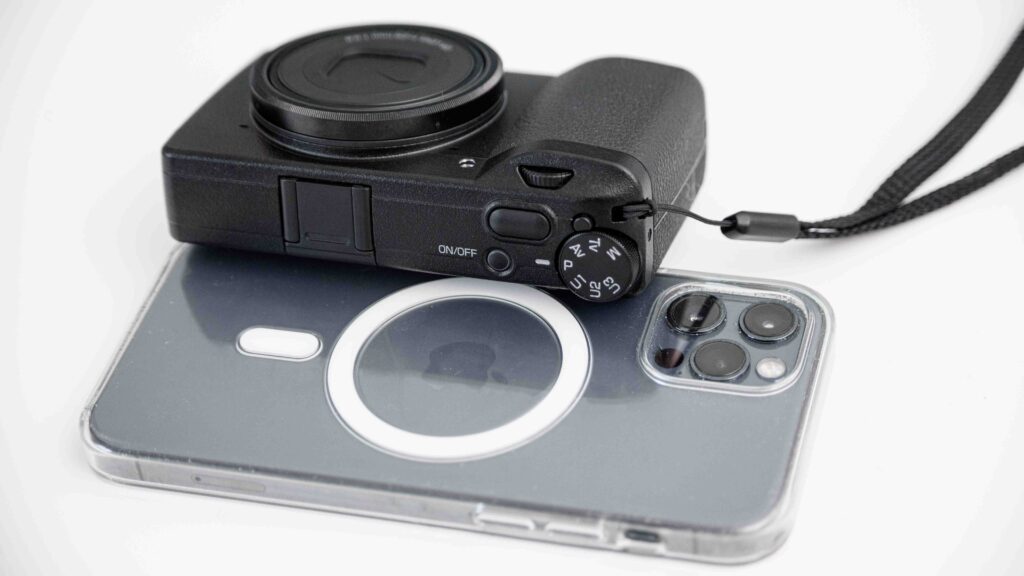
One thing the GR3x shares with my Sony RX100M3 is that the lens hood is built into the camera. When you turn off the camera, a set of small blinders move in to protect the front of the lens. Excellent! You can put the camera in your bag or pocket and not worry about a lens hood or the like. This small feature is really important to me and one of those things you will notice in the daily use of the camera.
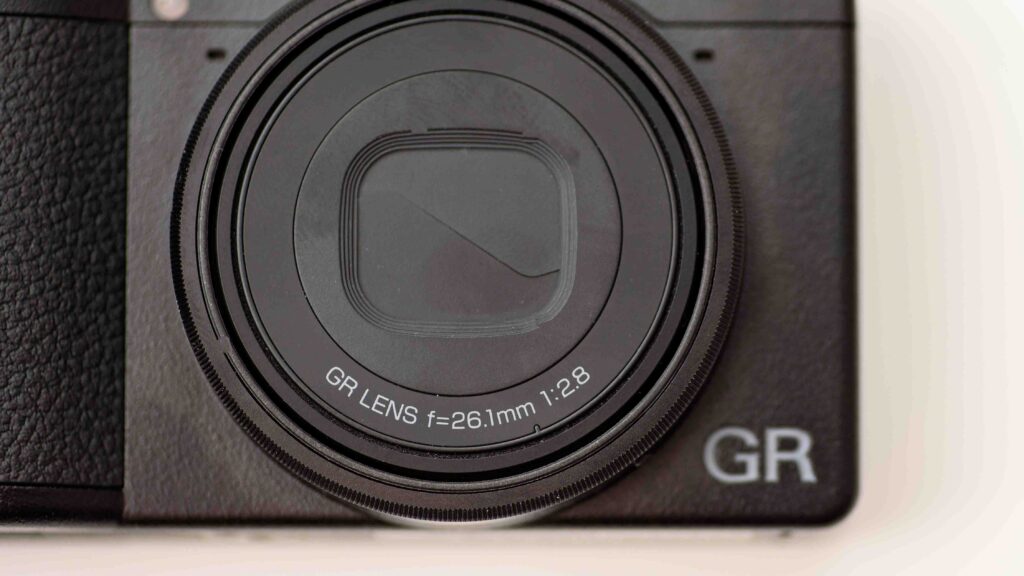
However, the blinders are not designed to handle a lot of force, so if your camera needs to fit into a tight pocket or will bounce around in your bag, then a lens hood may be one of the first accessories you should get. Also, be aware that the camera is not weather sealed so make sure to protect it well from rain and moist.
Image quality
The image quality produced by the 24MP APS-C sensor in combination with the 40mm FF equivalent lens is really good.


There is lots of detail, contrast and resolution. Of course you need to consider if you want to live with the restrictions imposed by a prime lens at 40mm, but if that is not an issue for you, I think you will love the image quality. Color rendition, contrast, resolution – all exams passed with flying colors.

There is a macro function you can engage to give you that extra focus on smaller things. It does not need to be bugs or insects, it can be nice little things like a snow covered leaf in the woods or the like. I found the macro function to work surprisingly well, even as the owner of a Nikkor 105mm S Macro lens!
Only thing to mention regarding image quality is the focus breathing. It is significant and videographers looking for a small camera will probably find this to be a showstopper.
Low light performance
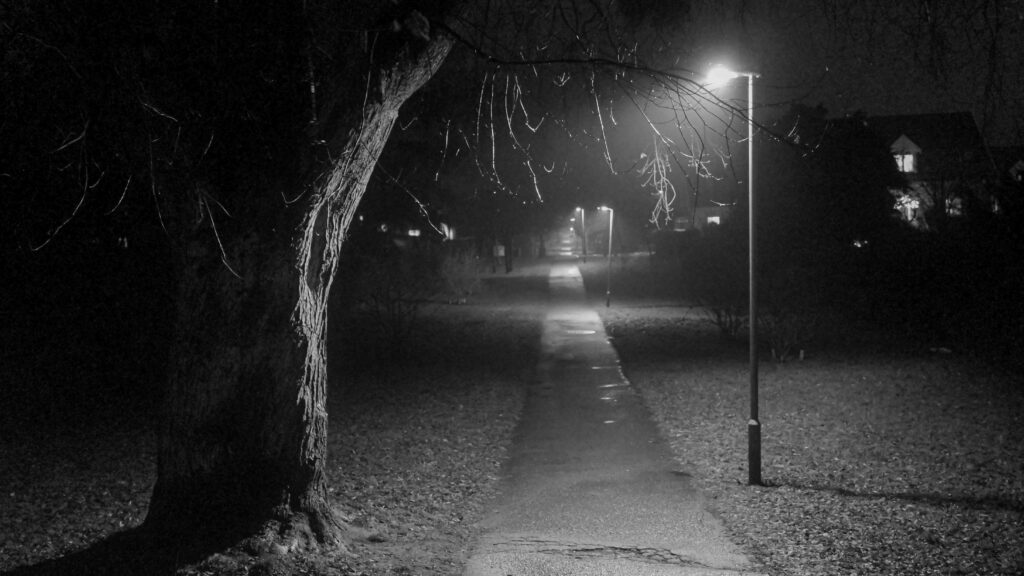
The low light performance of this little camera is impressive! I have come home with usable images shot at ISO 6400. It requires a little bit of post processing to remove the grain and noise that will show in the darker parts of the images, but to me this is a small price to pay when the reward is to come home with images where the camera almost “sees in the dark”.

I think the built in image stabilisation really helps capturing images at night – I have (with a bit of luck) shoot handheld at speeds down to 1/10th of a second.
Technical image quality

If we look at some more nerdy aspects of the image quality, one of the first things I notices was the outstanding control of flare. Videographers will probably want to stay clear of this lens for that reason! It dampens flare really well!
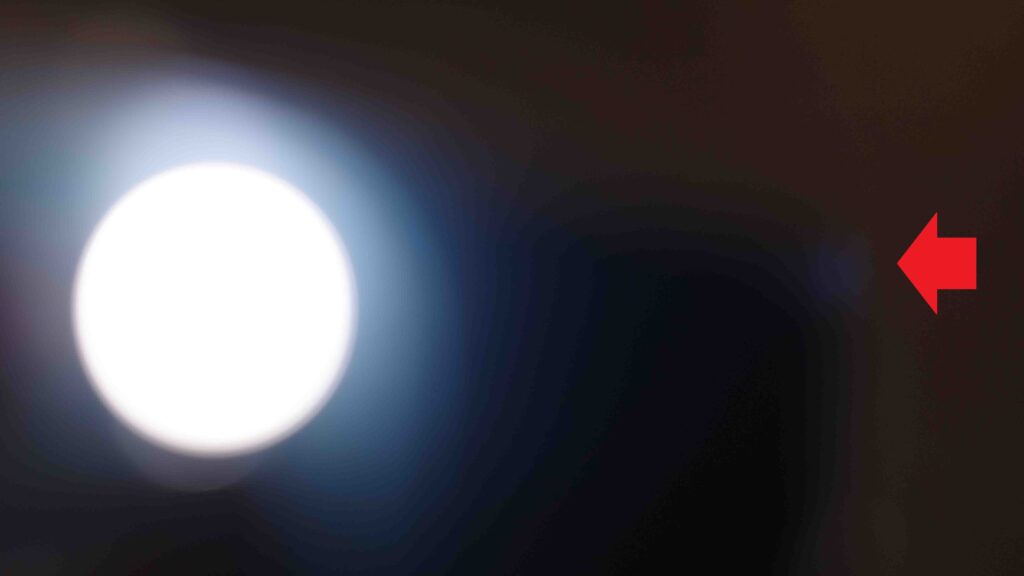
The sunstars are as most sunstars are on modern lenses: not that great. But it is because the rounded aperture blades are designed to give round bokeh balls and this comes at the expense of the sunstars. I would happily live with less attractive bokeh for beautiful sunstars, but I think I am alone with that point of view.
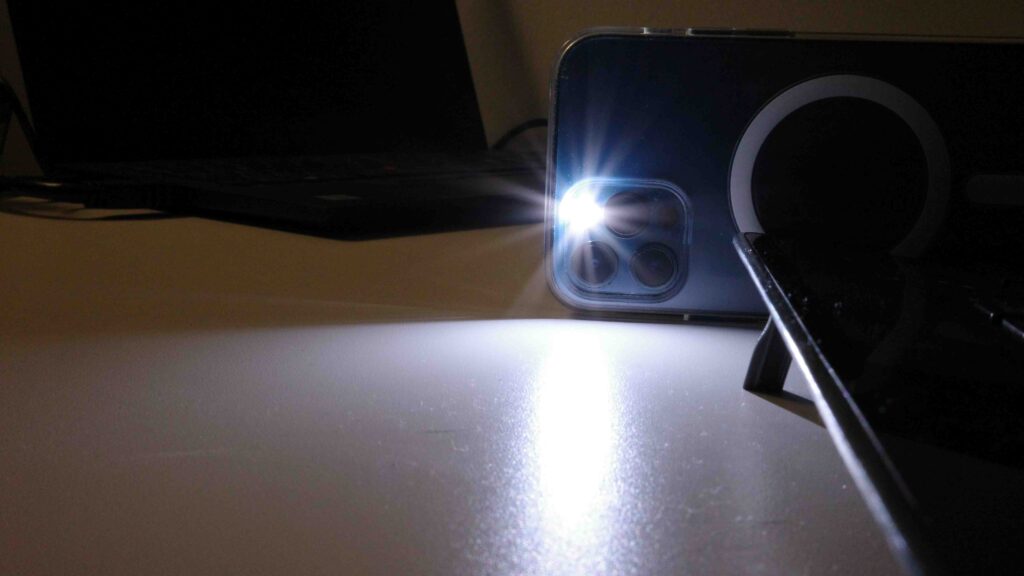
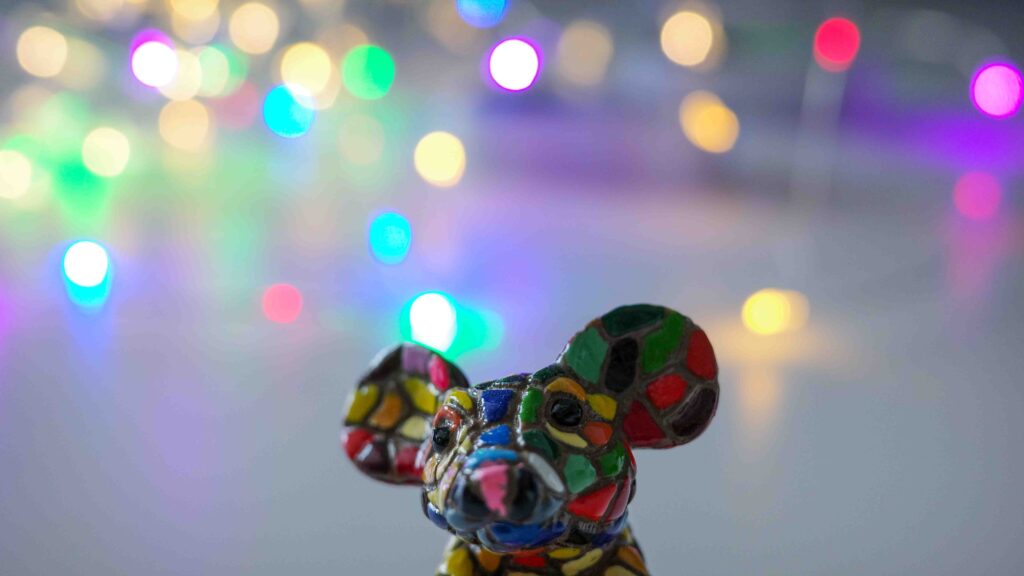
The bokeh or out of focus areas are rendered beautifully. You can also see this in the macro shot earlier in this post. The GRIIIx performs well here!
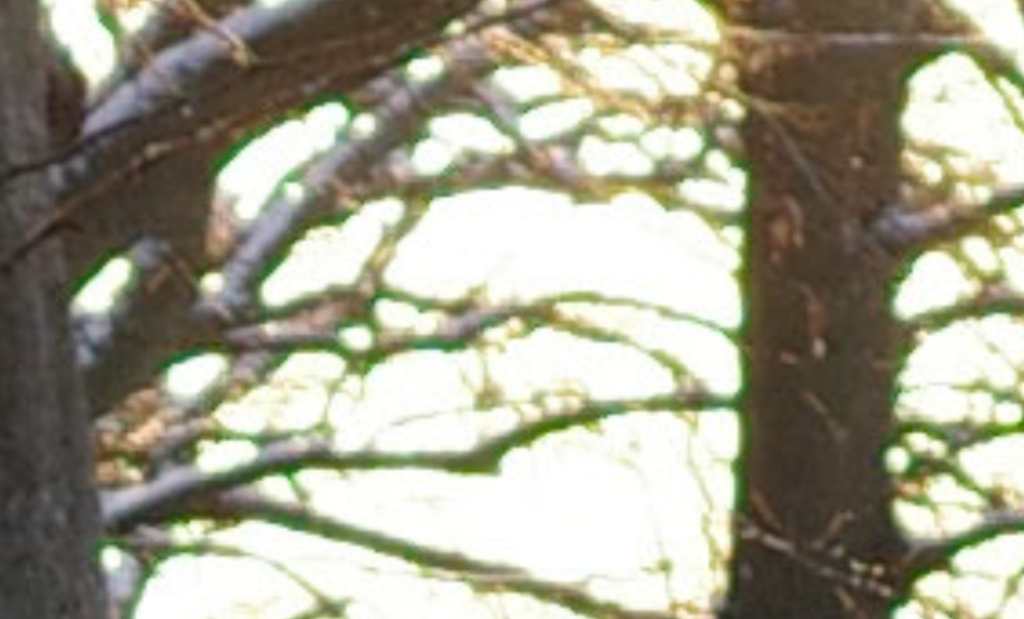
If you want to pixel peep into an image shot in a high contrast scene, then you will find aberrations and plenty of them! In the example above I have zoomed in 400%, but then the aberrations are noticeable. I doubt that any non-photographer in real life would ever notice, but as an acid test of the lens performance, I think it is fair to mention the aberrations generated.
Conclusion
Can I recommend this camera? Yes! Indeed! Relative to my set of criterias for a small pocketable camera, this one checks all the boxes. But it may not check all your boxes, i.e. your preferences may be different than mine. It is very capable camera, but it is not cheap and it is not free of errors or bugs. But it won me over – maybe it will win you over as well?
Pros
- Image quality
- Bokeh
- Flare control
- Low light performance
- Image stabilisation
- Internal memory
- Macro function
- Good AF system with lots of options
- Menu system and responsiveness
- Start up time (fast!)
- Weight (250 grams approx)
- Size (pocket friendly)
- USB-C charging
- Lens front protected when turned off
Cons
- Price (1000 EUR)
- No viewfinder
- Battery life
- Not a flip / articulating screen (it is fixed)
- Plastic feel to the build quality
- Not weather sealed
- Sunstars not that beautiful
- Prime lens, not a zoom
- No built in flash (a hot shoe is available though)
- Manual focus is cumbersome
- Focus peaking does not work with colors
- Focus breathing
Video link
Shopping link
Affiliate shopping link to the Rico GRIIIx on Amazon.
